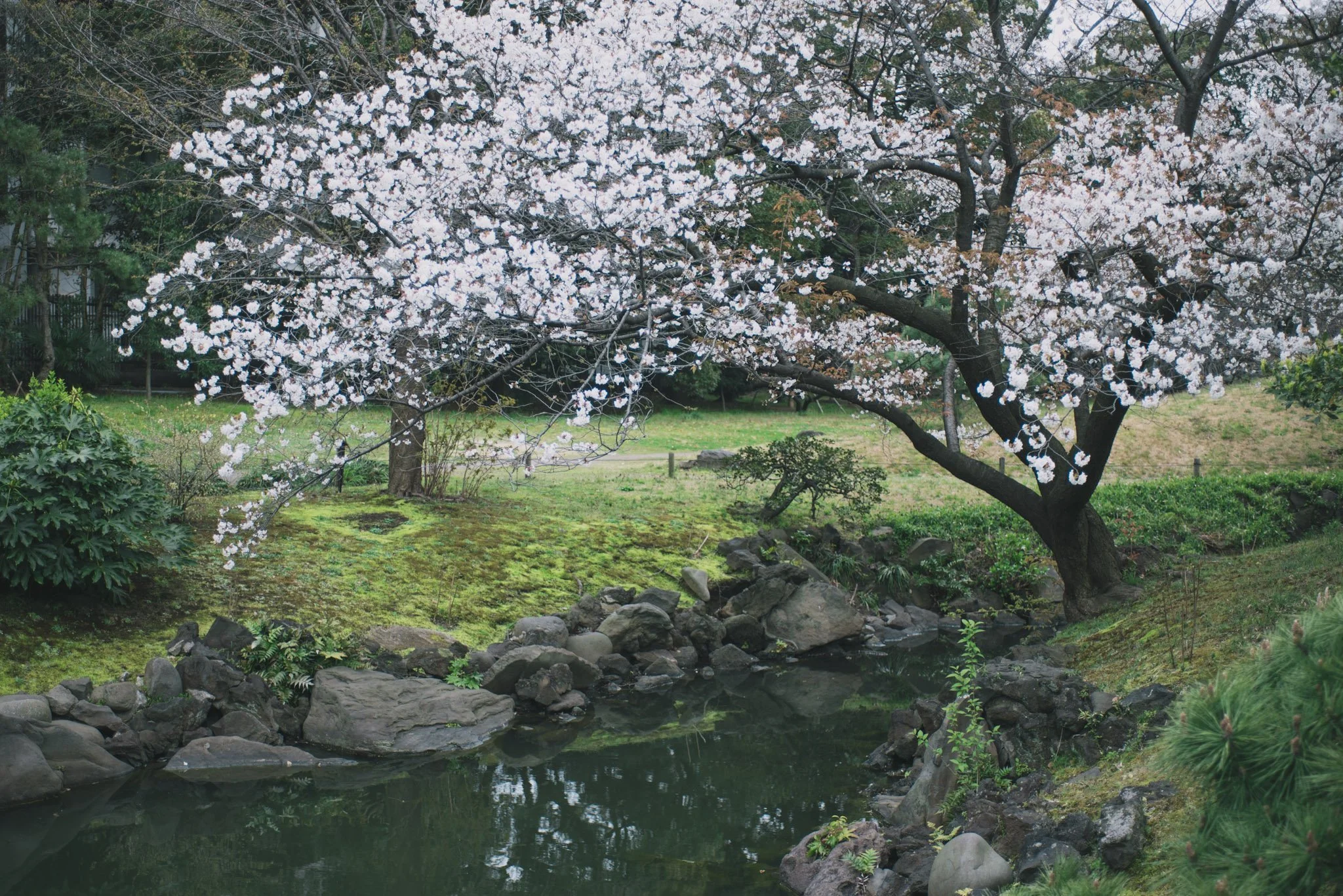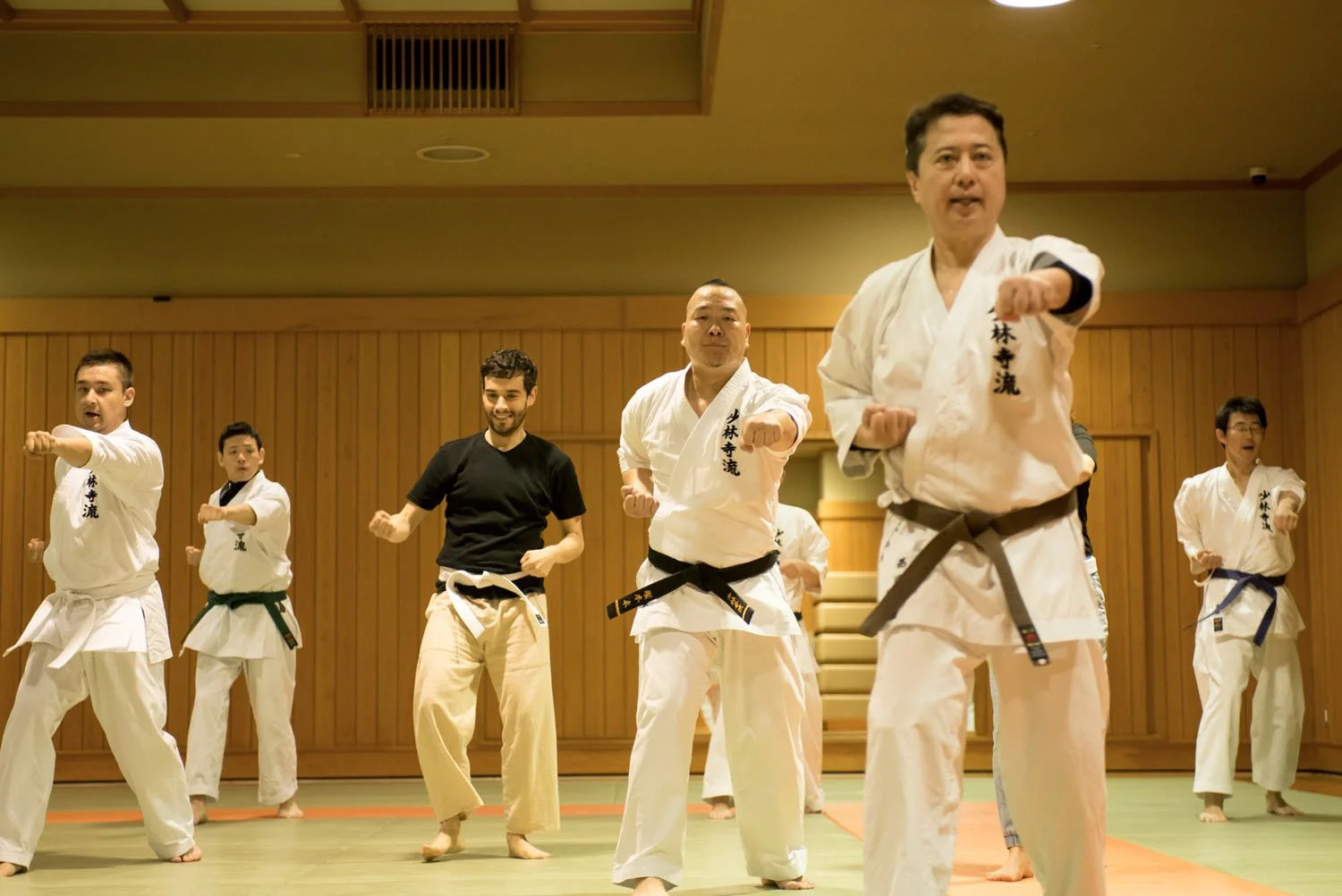
How to Experience Spring in Japan
Looking for some inspiration of what to do in spring in Japan? Keep reading for some of the best spring experiences in Japan.
In this Guide:
Why spring is great for travel in Japan
What to do in Japan in spring
Spring blossoms beyond sakura
Enjoy matcha and wagashi
Try hiking and biking
Taste spring seasonal dishes
Visit temples and shrines
How to experience Japan in every season
Far more than just sakura, spring in Japan bursts with natural beauty.
As the chill of winter thaws, flowers and foliage burst to life, bathing the landscape with a range of hues and shades. Spring in Japan brings energetic crowds to parks, temples and shrines, and any outdoor area, all looking to enjoy the comfortable weather and stunning scenes. Even aristocrats from Japan’s Heian period—over 1000 years in the past—had similar traditions of appreciating the splendor of spring with hanami flower viewing and visits to the park.
In a country like Japan, where seasonality plays such a crucial role on culture and society, knowing the best things to do in spring—or the best things to do in Japan in every season—is essential to immersing deeper into the unique customs of Japan.
Looking for some inspiration of what to do in spring in Japan? Keep reading for some of the best spring experiences in Japan, whether you’re strolling through the streets of Tokyo, exploring the traditional charm of Kyoto, or basking in the beauty of Hokkaido.
Best Spring Activities in Japan
If you’re visiting Japan in the spring, discover the best things to do in the season to optimize your travels.
See more flowers than just cherry blossoms
The sweeping view of white and pink cherry blossoms is ubiquitous with spring in Japan. However, while sakura season might get all the fame, Japan has countless other flower seasons with beauty to rival cherry blossoms.
Plum blossom season in Japan, for example, starts in February and March, while nanohana flowers coat the ground in vibrant yellow, starting as early as January in warm regions like Kyushu and ending as late as May or June in colder areas like Tohoku.
Hanami (flower viewing) is a huge part of Japan’s springtime culture, where friends and family gather to enjoy the brief beauty of the season, often with food and beverages, is an activity with centuries of history that can still be enjoyed in modern times, regardless of the flower.
Head outdoors with hikes and bikes
As snow melts and trails are uncovered, exploring the outdoor natural beauty of Japan becomes far more accessible. Biking routes like Hiroshima’s Shimanami Kaido show off the coastal beauty of the Setouchi area, weaving across different islands and culminating on one end at the town of Onomichi, a quaint area filled with temples, scenic views, and tea.
As mountains make up between 70-80% of Japan, hiking routes are abundant. While the larger peaks might still be covered in snow, like Tateyama or Fuji, hikes in Nikko, Koya, and Shiretoko provide beautiful immersion into Japan’s natural splendor.
Explore temples and shrines in full bloom
The calm serenity of Japan’s near-infinite number of shrines and temples comes alive in spring, surrounded by the soft colors of flowers and trees. Whether strolling through the picturesque grounds and admiring the architecture or spiritual atmosphere, or experiencing Zazen meditation with peaceful views of blossoming flowers, Japanese spring showcases the beauty of these buildings and their cultural history perfectly. Large shrines like Tokyo’s Meiji Jinju or Kyoto’s Kiyomizu-dera possess undeniable charm, but smaller temples and shrines, tucked into traditional villages, rural alcoves, or city side-streets, are also equally as enchanting.
Sip on tea paired with wagashi
Ring in the spring season with the refined elegance of a tea ceremony, held in Japanese gardens or traditional Japanese-style rooms. The rich flavor of matcha, served by a certified tea master, pairs perfectly with the delicate sweetness of wagashi sweets. Wagashi, and Japan’s culinary arts on a whole, are highly seasonal, prizing freshness and an appreciation of the passage of time.
Guided by the hospitality of the tea host, enjoy tea, the view of flowers blooming outdoors, and seasonal wagashi favorites, like nightingale-shaped uguisu wagashi, sakura mochi, or mugwort kusa mochi.
Savor the flavor of spring with seasonal dishes
Plum and sakura-flavored treats dominate cafes, markets, and restaurants across the spring season, while wagashi finds inspiration in nature to craft snacks with floral motives; however, it’s not just sweet treats that blossom in spring.
Countless different types of seafood come into season during spring, such as asari clams, bonito, sea bream, and many other types of silver-backed fish, making spring the perfect season for enjoying sushi too. A bento packed for a picnic, eaten under the cover of a flowering sakura tree, can often be just as enjoyable as a chef-crafted omakase meal.
Experiencing Japan in every season
As cherry blossoms blanket the country in soft pink, Japan comes alive with hanami picnics and a deep cultural appreciation for nature’s fleeting beauty. The warming weather makes it ideal for temple strolls, flower-viewing hikes, and trying fresh seasonal dishes like sakura mochi or takenoko (bamboo shoots).
Looking for other seasonal inspiration for traveling in Japan? Check out our guides on summer, autumn, and winter for more insight about the best cultural experiences to book each season.






